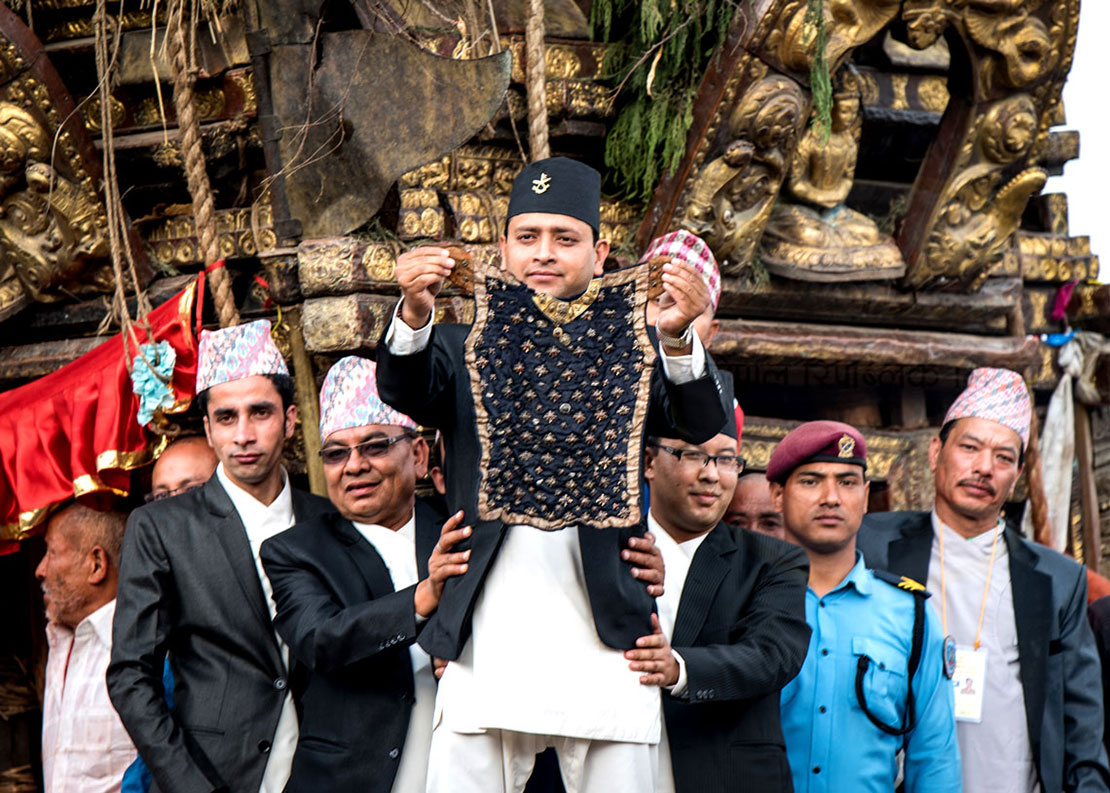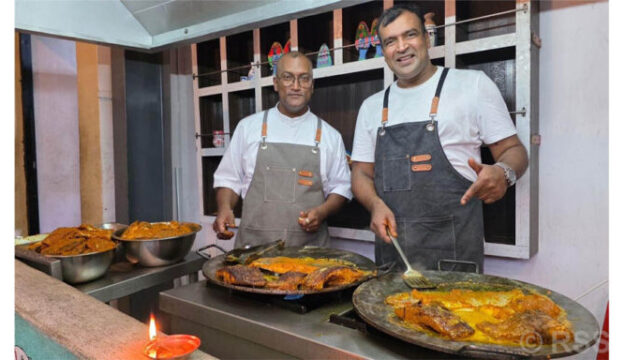The Kathmandu Valley is alive with color, devotion, and centuries-old tradition today as thousands gather in Jawalakhel, Lalitpur, to witness Bhoto Jatra, the grand finale of the month-long Rato Machhindranath chariot festival. This ancient ceremony, steeped in legend and cultural significance, marks the ceremonial display of a jewel-studded vest (bhoto), a ritual believed to have been observed for over 1,600 years.
The Bhoto Jatra is the culmination of the Rato Machhindranath Jatra, Nepal’s longest and one of its most revered chariot festivals. The event draws devotees from across the country, including high-ranking dignitaries, religious leaders, and the general public, all eager to glimpse the sacred garment and partake in the blessings it is believed to bestow.
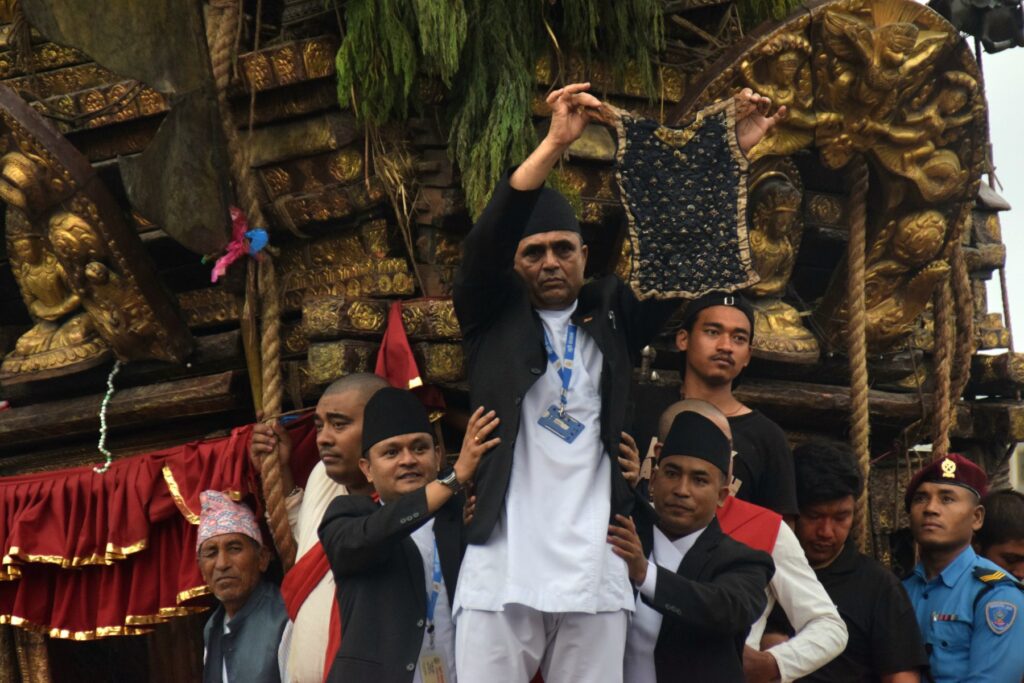
A Vest Cloaked in Myth and Mystery
The origins of Bhoto Jatra are rooted in folklore. According to legend, a Newar farmer once cured the ailing queen of the serpent king Karkotaka, who resided in the Taudaha Lake. In gratitude, the serpent king gifted the farmer a precious, jewel-encrusted vest.
However, the vest was later stolen by a ghost (khyak) while the farmer was working in his fields. During the Rato Machhindranath festival, the farmer spotted the ghost wearing his stolen vest. A dispute ensued, but neither could prove ownership. To resolve the matter, the king decreed that the vest be kept with the deity Rato Machhindranath until someone could present definitive proof of ownership. Since then, the vest has been displayed annually during Bhoto Jatra, inviting claimants to come forward.
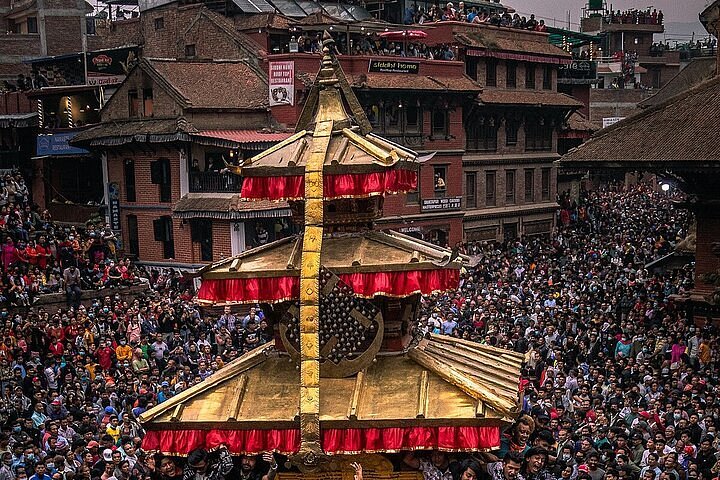
The Ceremony Unfolds
On the auspicious day determined by astrologers, the chariot bearing the image of Rato Machhindranath is stationed at Jawalakhel. In a solemn ceremony attended by the President of Nepal, the Prime Minister, and other dignitaries, an official climbs onto the chariot and holds up the sacred bhoto, displaying it to the crowd from all four sides. This act symbolizes the continued guardianship of the vest and serves as a public invitation for any rightful owner to claim it.
The living goddess, Kumari of Patan, also graces the occasion, observing the ceremony from a special pavilion and bestowing blessings upon the attendees. Her presence adds a layer of spiritual significance to the event, reinforcing the deep-rooted cultural and religious traditions of the Newar community.
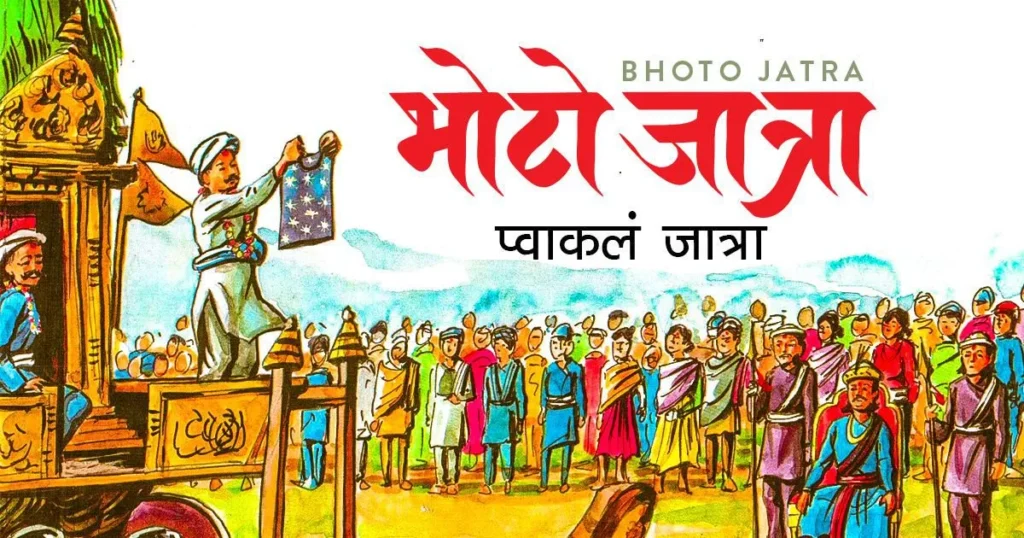
Cultural Significance and Community Unity
Bhoto Jatra is more than a religious observance; it is a celebration of community, heritage, and the enduring spirit of the Kathmandu Valley. The festival showcases the rich tapestry of Newar culture, from the intricate craftsmanship of the towering chariot to the vibrant music and dance that accompany the procession. It serves as a unifying force, bringing together people from diverse backgrounds to honor shared traditions and collective history.
The festival also underscores the importance of preserving intangible cultural heritage. In an era of rapid modernization, Bhoto Jatra stands as a testament to the resilience of traditional practices and their relevance in contemporary society.
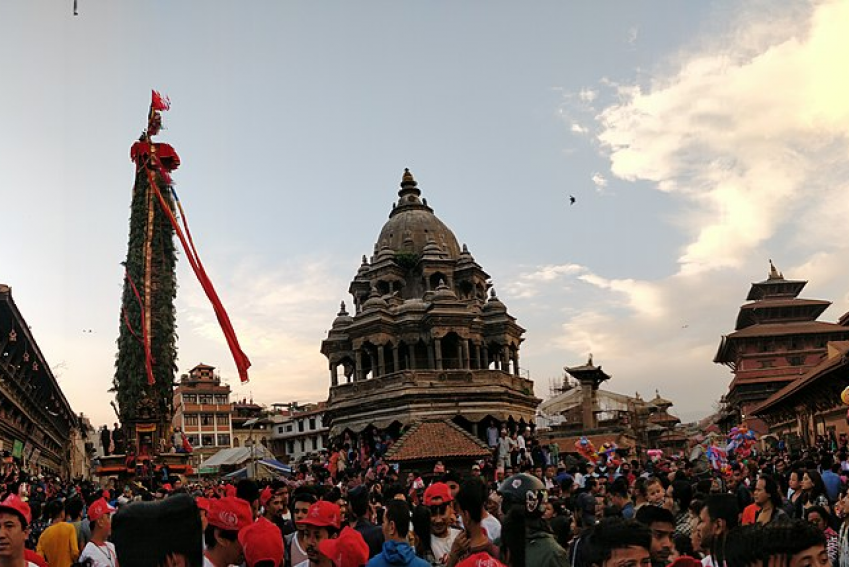
A Living Tradition
As the sun sets on this year’s Bhoto Jatra, the chariot will be dismantled, and the image of Rato Machhindranath will be taken to his temple in Bungamati, where he will reside for the next six months. The bhoto will be carefully stored, awaiting its next public display.
The festival’s enduring appeal lies in its blend of myth, ritual, and communal participation. It is a vivid reminder of Nepal’s rich cultural mosaic and the stories that continue to shape its national identity. As devotees disperse, the echoes of drums and chants linger in the air, a resonant affirmation that Bhoto Jatra remains a cherished and vital part of Nepal’s cultural landscape.
